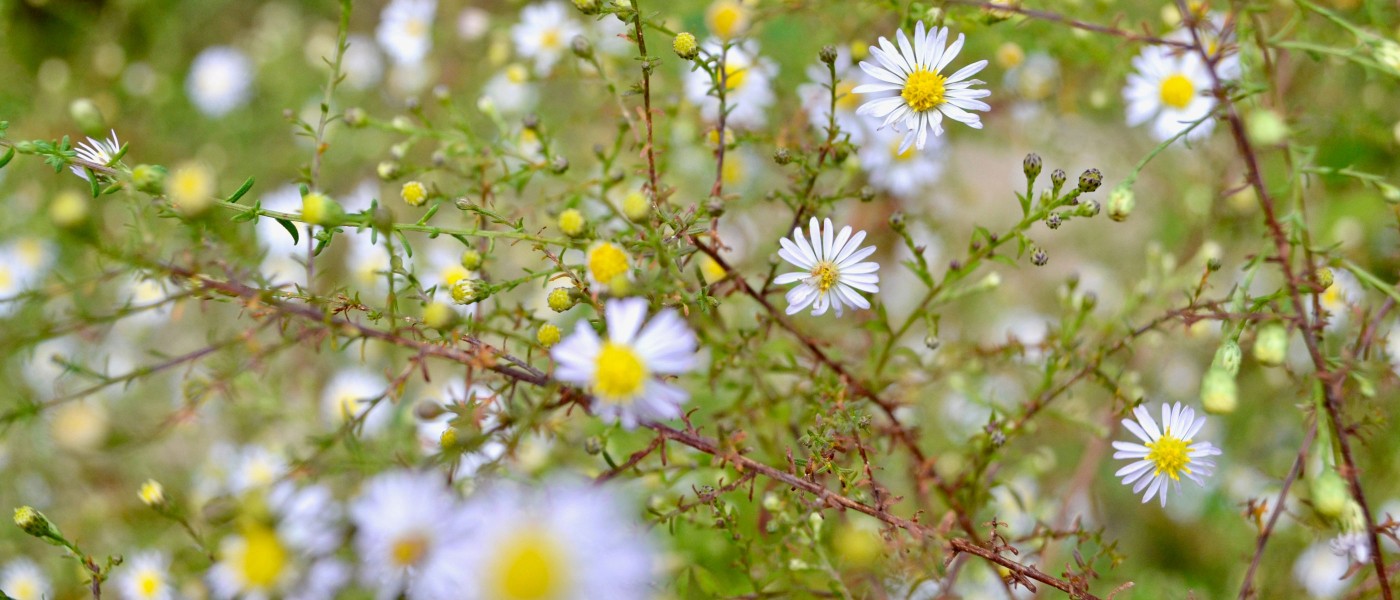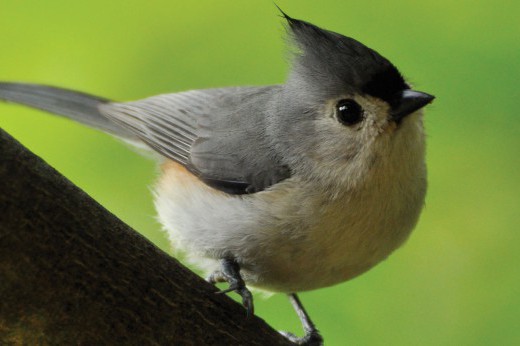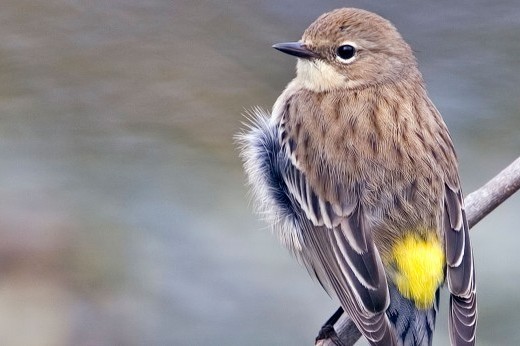Topics
Special Series
Birds
-
Birds of Brooklyn: Great Horned Owl
The great horned owl is a year-round resident owl in the New York City area. They are elusive during most of the day, but at twilight and again in the early morning, the great horned owl becomes very active and starts to hunt.
By Joe Giunta -
Journey into Bird Migration
In recognition of World Migratory Bird Day, we’ve gathered some resources you can explore to learn more about the fascinating phenomenon of bird migration—and what you can do to help support these birds on their journeys.
By BBG Staff -
Birds of Brooklyn: Barn Swallow
These lovely blue and tawny birds can be found nesting under eaves, catching insects while in flight, or touching down on a pond for a quick bath. They also inspired the creation of the Audubon Society.
By Joe Giunta -
Birds of Brooklyn: Laughing Gull
This snickering shorebird hits the beach in mid-April and stays through fall. You may also see it farther inland.
By Joe Giunta -
Birds of Brooklyn: Tufted Titmouse
No longer rare but still fascinating to observe, this little bird is capable of stealing the fur right off of a sleeping raccoon's back.
By Joe Giunta -
Plant/Animal Relationships
Plants and animals evolved together, so they have complex relationships. Among them: plant/herbivore, plant/pollinator, plant/disperser, and other examples of mutualism.
By BBG Staff -
Box Turtles in the Garden
These placid, plodding reptiles are gradually disappearing from landscapes across eastern North America. Gardeners can help ease their plight.
By Janet Marinelli -
Birds of Brooklyn: Yellow-Rumped Warbler
The invasion of the yellow-rumped warblers is upon us. Don't worry, you have nothing to fear from this delightful bird, unless you're a bayberry.
By Joe Giunta -
A Tough Winter for Birds
What's an ant-eating bird like the northern flicker to do for food during a winter as harsh as this one?
By Bradley Klein -
A Bird Habitat Garden—Plant Choices and Design Tips
Wild bird populations are threatened by habitat loss, global warming, collisions with buildings, and much more. You can help ease their plight by turning your city garden, or a portion of it, into a pesticide-free bird sanctuary.
By Joan McDonald











